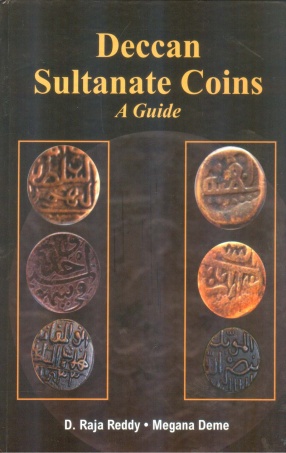
D Raja Reddy

Showing all 10 books

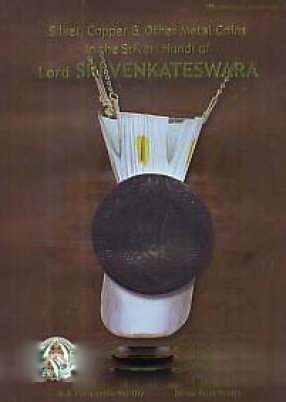
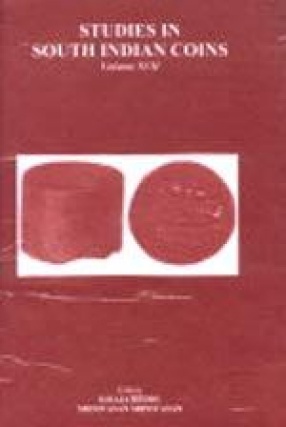

Islamic coins were first issued in India by the Amirs of Sind in the eight century AD and their regular coinage commenced in the eleventh and twelfth century AD by the Sultans of Delhi. Bahmani was the first major Muslim dynasty (748-942AH/ 1347-1538AD) to rule in the Deccan after their revolt against the Tughlaq rule five succession states emerged in the Deccan and they are Barid Shahi (895-1028AH/ 1489-1619AD), Nizam Shahi (902-1046AH/ 1496-1636AD), Adil Shahi ...
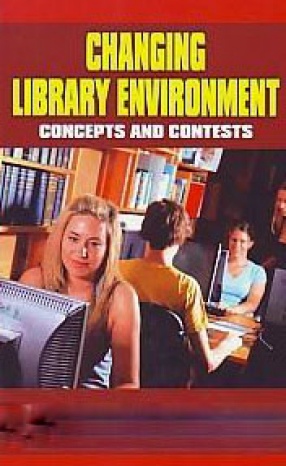
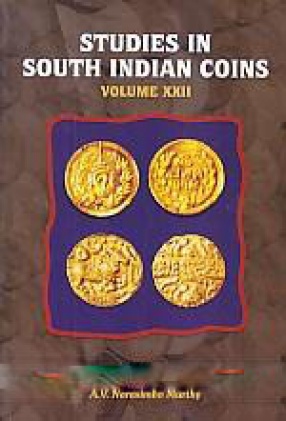

Lakhs of devotees visiting the Sri Venkateswara shrine in Tirumala have over time offered gold, silver, copper coins and those of other metals to the Srivari Hundi at the shrine to express their devotion to the deity. This book is the second volume on the subject. It publishes 1382 coins of silver, copper and other metals found in the Srivari Hundi of Tirumala in order to highlight their historical and cultural significance; it accompanies the earlier volume ...
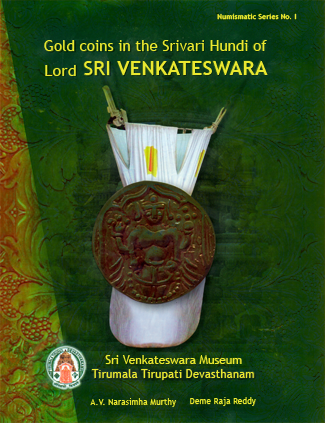
The holy temple of Lord Sri Venkateswara on the sacred hill of Tirumala has a hoary antiquity both mythologically and historically. It is the most popular and sacred Hindu temple in India and perhaps has a record for the largest number of devotees thronging the portals of Lord Sri Venkateswara. Vengadam or Tirumalai is in the Tondamandalam area and this area was successively ruled from ancient times by Satavahanas (30BC- 230 AD), Pallavas (260-900AD), Cholas ...
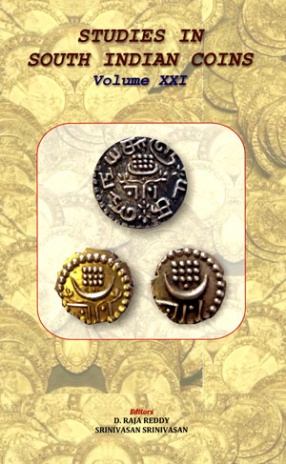
This volume, the 21st in the series entitled Studies in South Indian Coins contains twenty five papers on coins of various dynasties of South India, besides a section entitled news and views and an useful index to previous volumes, I to XX. The first paper deals with ancient coin names from Dharma-sastras and inscriptions and indicates that the change of dynasties resulted in the change in currency system. The next one describes two Roman coins from the ...
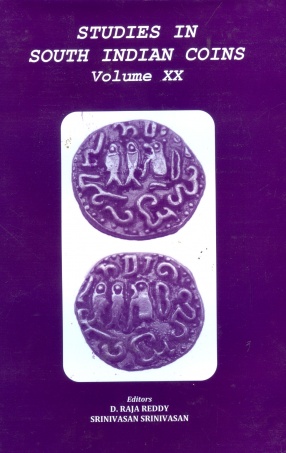
The 28 papers included in this Volume, twentieth in the series with the title Studies in South Indian Coins, cover a wide time span. The coins described are from the excavations, hoards, store rooms in the museums and individual collections.The coins are ascribed to: punch-marked variety, un-inscribed copper issues, Sadas, Satavahana, Roman, Kshatrapa, Ikshvaku, Kura Chutu, Vishnukundin, early Chera, Nolamba, medical Chola, Yadavas kalyana Kalachuris, later ...

This volume, the seventeenth in the series, contains several papers on different aspects of South Indian Numismatics. Apart from papers on seals of Tamil Nadu and a seal from Sri Lanka in Matura Museum, there are papers on coins of pre-medieval period, such as the Andhra Janapada coins from Singavaram; Satavahana coins with interchanged symbols and symbols on an early Chera coin. Careful analysis of the contents of the hoards is always useful for numismatists. ...
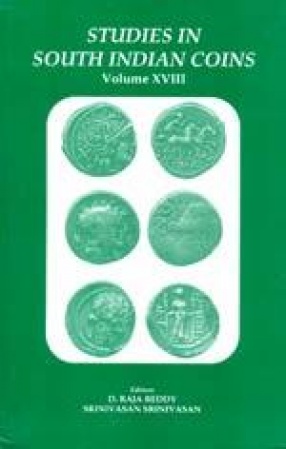
This volume, eighteenth in the series, contains thirty papers. Some of the topics dealt by the authors are: the coinage of Andhra Pradesh; Pre-republican Roman coins from India in the British Museum; analyses of the weights of copper and lead coins found at Kotalingala; the changes in the alphabet 'ma' on silver portrait coins of Vasisthiputra Sivasri Pulumavi; an unique Sangam Age Silver Portrait Coin; Pallava coins found in Sri Lanka; dies used for ...

This Volume, nineteenth in the series, has 29 papers by well known numismatists from South India, besides the section entitled 'news and views'. These papers may be broadly classified into two categories: 1] Unknown coins, seals and rings; 2] re-examination or re-interpretation of known coins and their significance and metallurgical properties of some coins. To the first category, belongs: coins assignable to the Sangam Age Cheras from Banavasi; a gold ...
